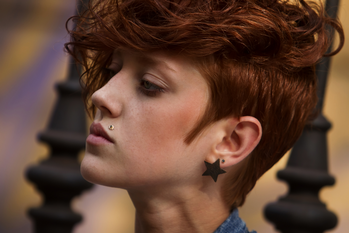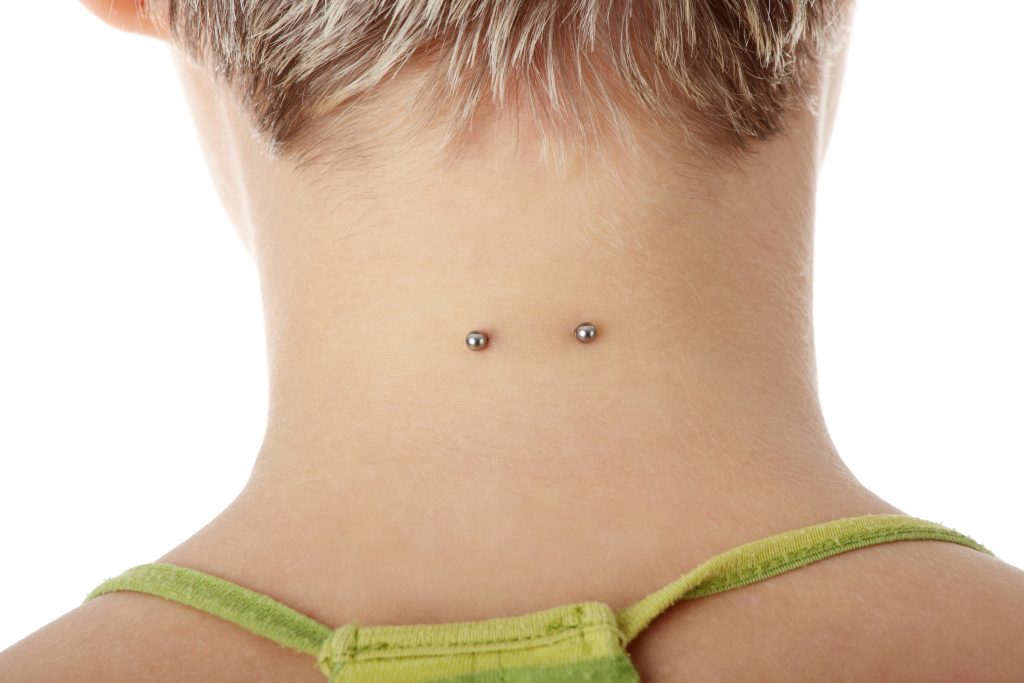
27
Feb
Surface Piercing Guide And Care
0
0
0

Surface Piercing Guide And Care
Surface piercing, also known as dermal piercing is any piercing installed on the surface of the body. It is quite different from an ordinary body piercing. Ordinary body piercing has both entry and exit points of the jewelry. In order words, for body piercing the piece of jewelry goes in through one point and come out through another. The commonest pieces of jewelry usually used for surface piercing are barbell and captive bead rings
But surface piercing goes into the body and never come out through another. This implies the other part of the jewelry remains embedded in the body. You will only see the head of the bead or jewelry on the body. This is why surface piecing requires a lot of guide and care to avoid infections and other forms of complications.
Surface piercing requires double piercing on the same spot. The anchor that would hold the jewelry is first installed before the jewelry is inserted. This is usually done with the aid of either a punch or a needle.
You should never allow your surface piercing to be done by just an ordinary person. It should be done by a professional because it is more difficult to handle than a regular body piercing. A high level of expertise is needed in making the pouch on the skin and only an experienced body piercing specialist can handle the procedure.
The needles to be used must be the ones specially made for such medical procedures and only specialists usually have them. Another important reason you have to consult a specialist for your
surface piercing is that selecting the size of the needle depends on the location of the piercing and the anatomy of your skin.
The most dangerous thing about surface piercing is that sometimes symptoms of complications or infections do not emerge until after several days. Everything will seem fine initially.

Some necessary precautionary measures to take after the procedure have been listed below.
• After piercing, the pierced area needs to be covered with a bandage for some days
• Depending on how delicate and sensitive your skin is, it takes between one to three months before the pierced area heals completely
• Do not pull or move the piercing around as the surrounding tissues are prone to irritations
• A mild salt solution should be used to cleanse the piercing about three times a day before it finally heals up
• Removal of surface piercing should also be done by a specialist, especially if the piercing has been in place for a while. Some tissues may have grown on the plate area making removal very difficult.
When your surface piercing is done by a non-specialist, you stand the following risks
• Your body may reject the piercing and forcing it in may lead to major complications
• If needles used are not well sterilized, it could lead to the development of bacterial infections
• There could be tissue damage in the piercing process
These are the reasons you have to rush to a dermatologist once you see any rash, infection or any other side effect after a surface piercing.